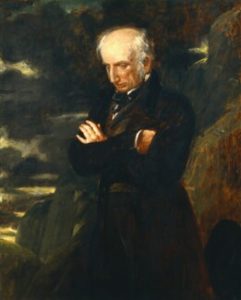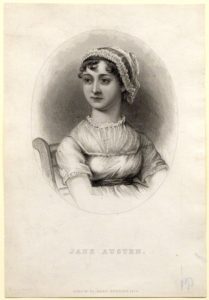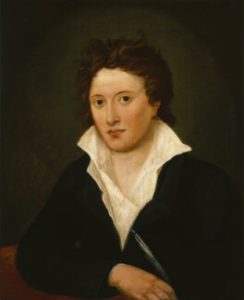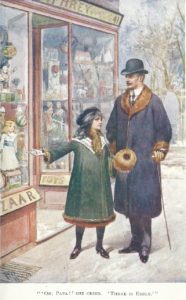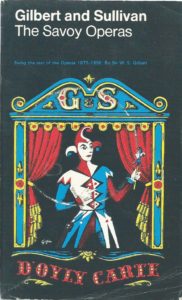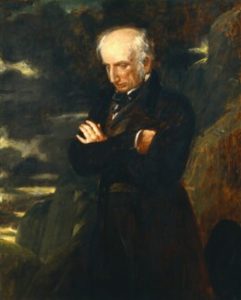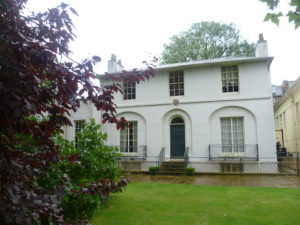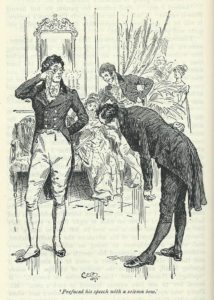I have long loved the stylish and witty novels of Georgette Heyer (1902-1974) and I know that I am not alone. The actor, playwright and composer, Noël Coward, also enjoyed her novels and admired her technique – especially her clever use of irony. The novelist A.S. Byatt itemized why Heyer’s Regency novels were so successful: ‘Paradise of ideal solutions, knowing it for what it is, comforted by its temporary actuality, nostalgically refreshed for coping with the quite different tangle of preconceptions, conventions and social emphases we have to live with. Which is what good escape literature is about.’ Heyer did her research properly; her Regency world may be limited in its social range but she undoubtedly had the gift of drawing her readers in, holding them spellbound, and making them laugh and feel better.
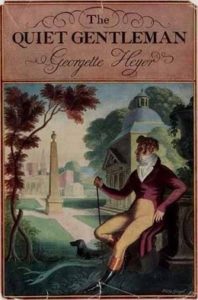
The Quiet Gentleman by Georgette Heyer 1951
Continue reading Georgette Heyer: Re-reading ‘The Quiet Gentleman’
Please share this page...
